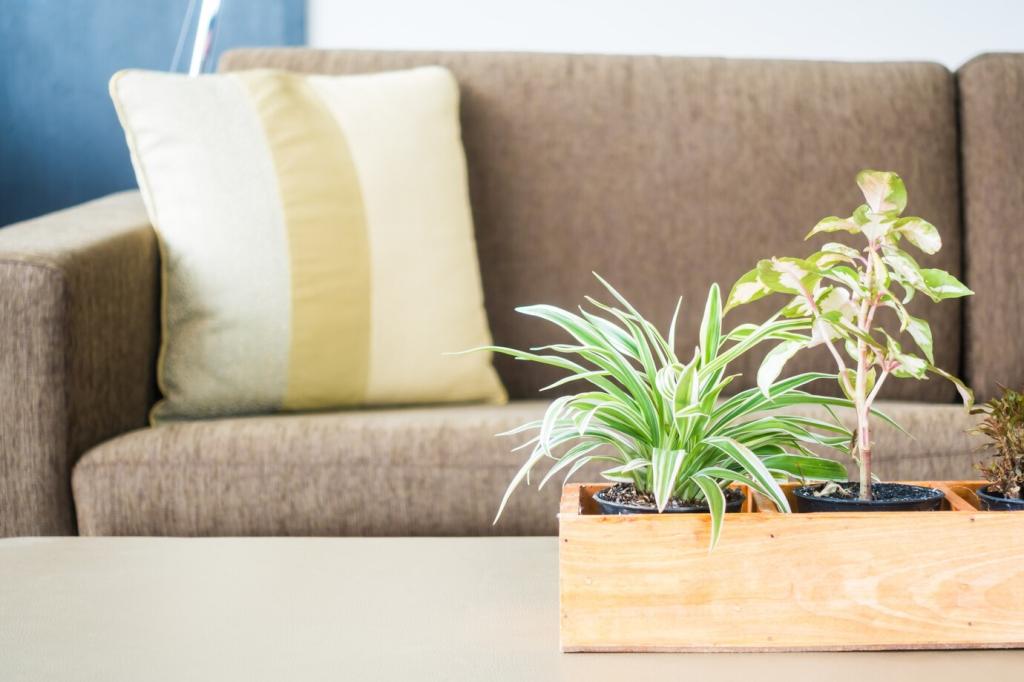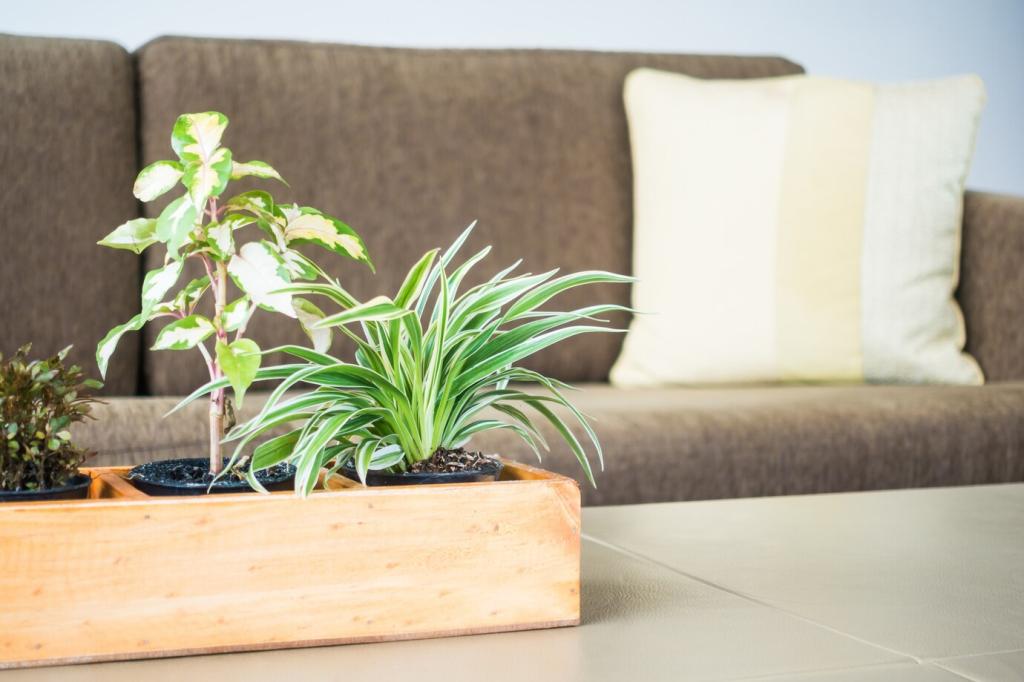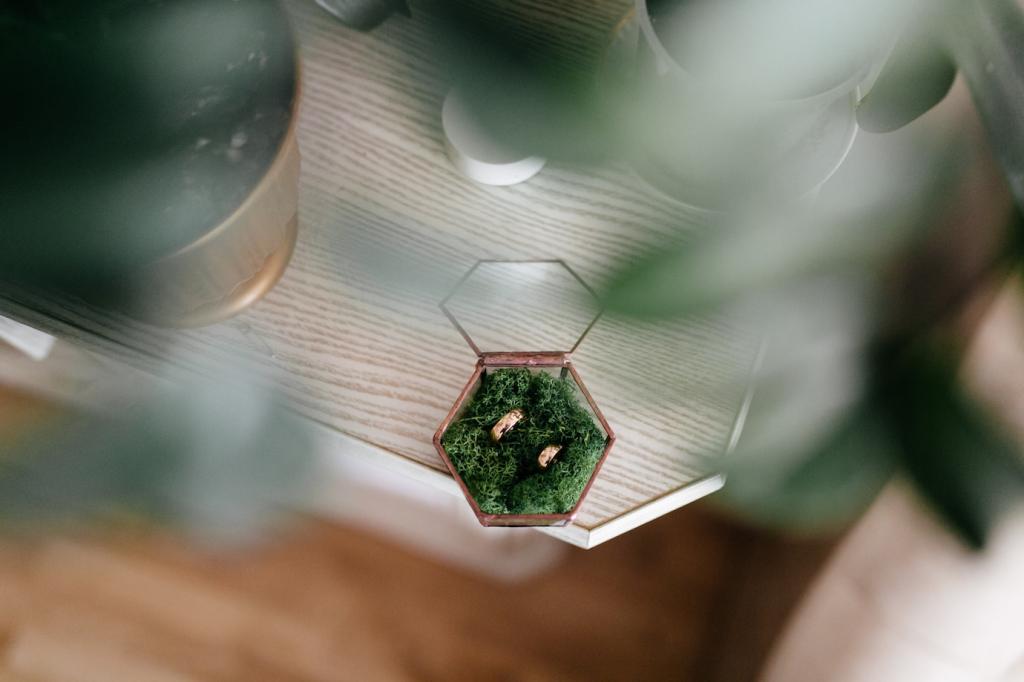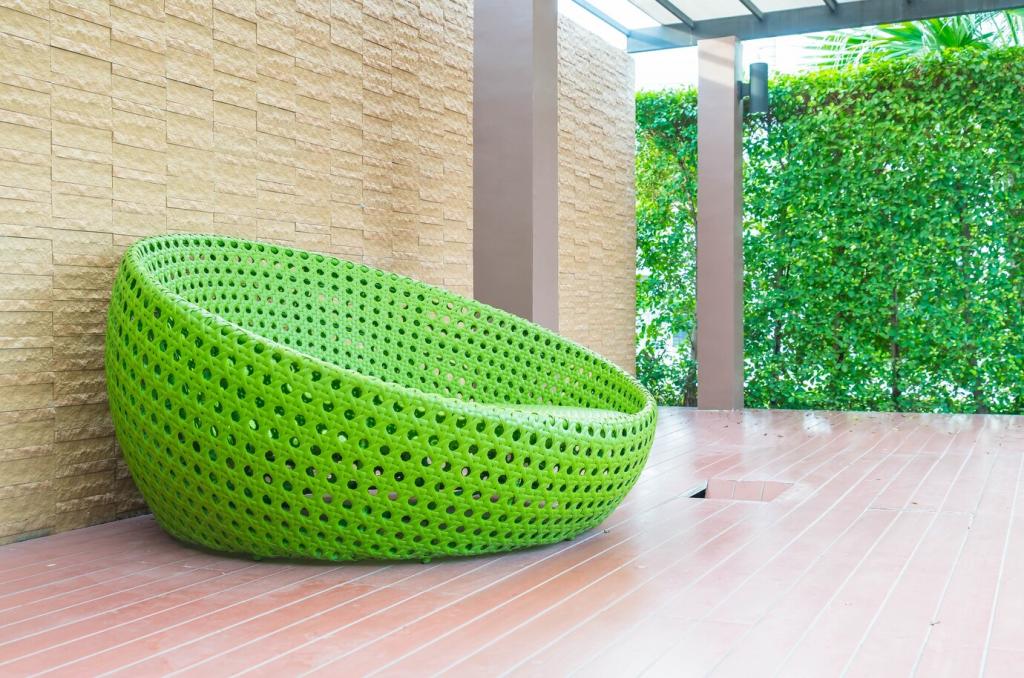Innovative Recycled Materials for Interior Design
The world of interior design is rapidly evolving, with sustainable practices and environmentally-friendly materials taking center stage. Innovative recycled materials are helping create beautiful, functional, and unique spaces while reducing waste and promoting responsible consumption. By incorporating these materials, designers and homeowners can make a positive environmental impact without sacrificing style or quality. This page explores the latest advancements in recycled interior materials, revealing how they combine aesthetics, durability, and eco-consciousness to transform modern living spaces.


Repurposed Glass Innovations
Innovative manufacturing processes have enabled the creation of high-performance countertops composed primarily of recycled glass. These surfaces are durable, non-porous, and easy to maintain. The embedded glass fragments create a visual mosaic of colors that catch the light and energize kitchen or bathroom spaces. Beyond aesthetics, using recycled glass helps reduce the demand for newly mined materials, reinforcing the importance of sustainable choices in everyday living.


Recycled Plastic Surfaces
High-density polyethylene (HDPE) sourced from recycled bottles and containers is molded into solid panels for countertops, tabletops, and wall cladding. These surfaces are water-resistant, easy to clean, and available in bold contemporary colors. Their durability makes them suitable for homes, offices, and public spaces. By choosing recycled plastic surfaces, designers confront the challenge of plastic pollution head-on, giving discarded materials a new and long-lasting purpose.

Modular Wall Systems
Modular interior walls made from recycled plastics offer flexibility and eco-friendly benefits. These partition systems are lightweight, quick to install, and easily reconfigured, meeting the changing needs of modern living and working environments. Many modular systems utilize plastic waste collected from oceans or post-industrial sources, turning environmental liabilities into stylish architectural solutions. The tactile and visual possibilities of recycled plastics are almost limitless, promoting a circular economy inside every space.
